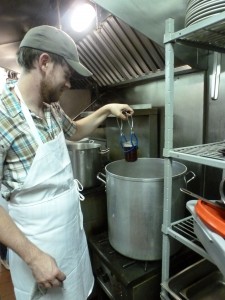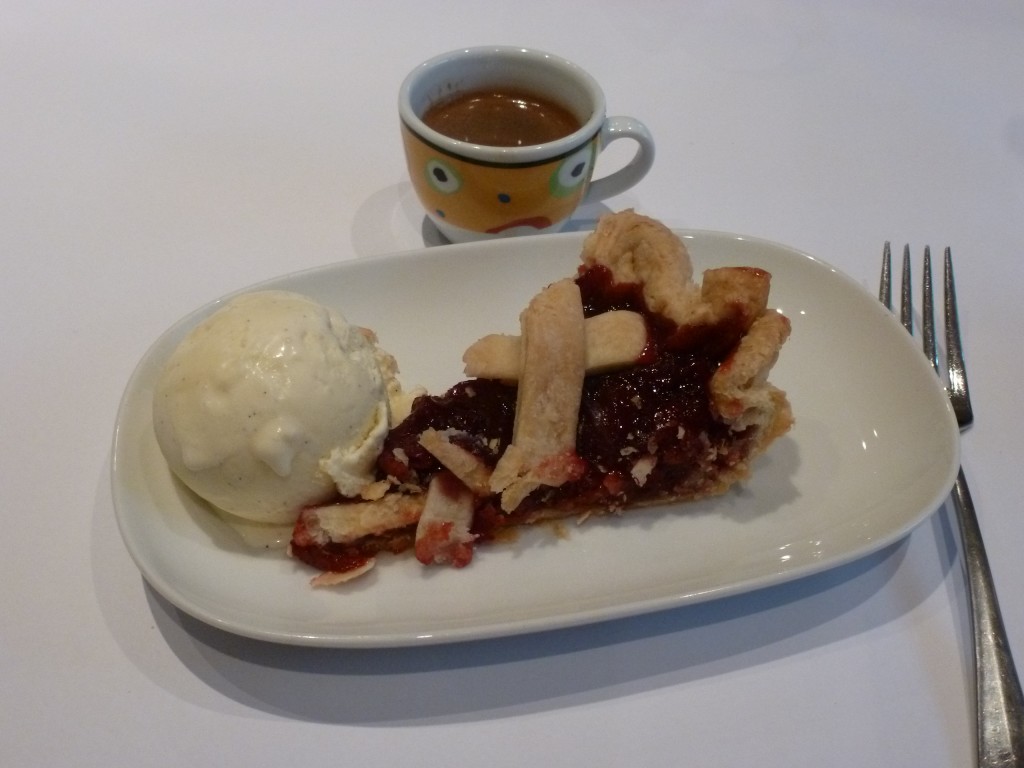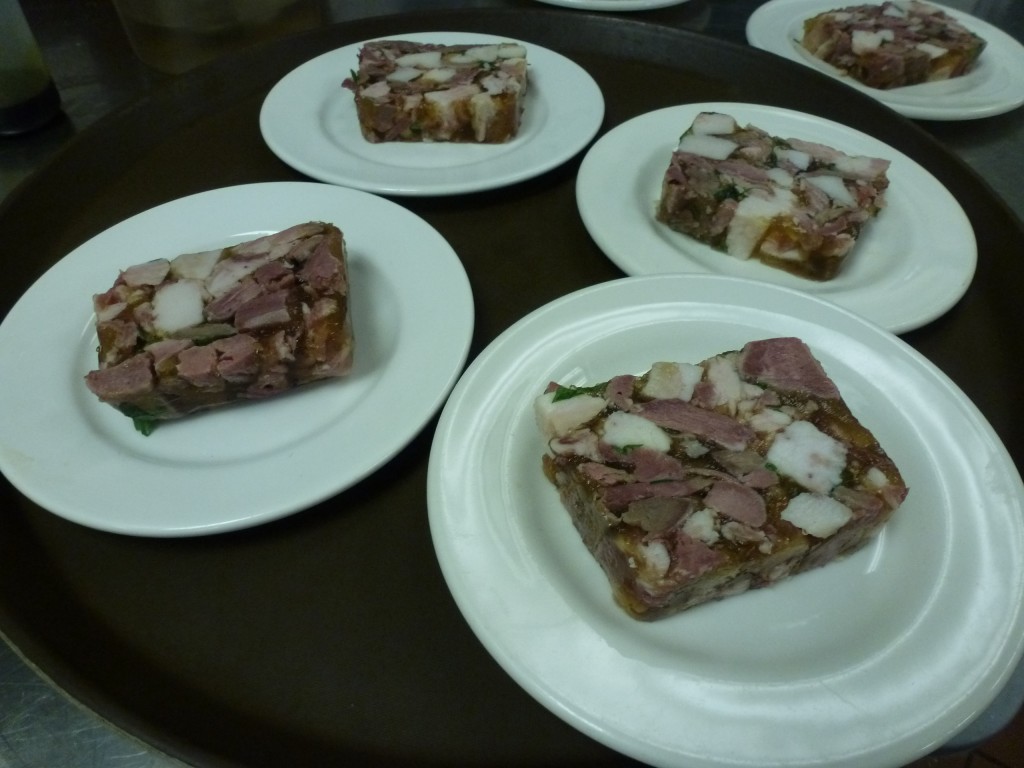 Until recently the only bees I knew of were spelling bees, quilting bees, and honey bees. There was a time when there were many other types of bees. Canning bees, for instance.
Until recently the only bees I knew of were spelling bees, quilting bees, and honey bees. There was a time when there were many other types of bees. Canning bees, for instance.
A “bee” is any gathering called to perform a particular task. In the days of yore it was often implied that people were coming together to help one person or family accomplish a large task in a relatively short amount of time. In rural Canada a community might gather to help a family thresh all their grain. Another threshing bee might be held the following week at a different farm.
A family history book tells me that food and whisky were provided to those who helped. That same family history cautioned not to serve the whisky until the chores are done.
A Button Soup Canning Bee
This September a group of ten friends helped me put up a large amount of preserves, and were then treated to a large spread for dinner. Preserves included dill pickles, pickled onions, onion marmalade, beet relish, figgy mustard, highbush cranberry sauce, pickled garlic (cloves and scapes), and piccalilli. For those unaware, “piccalilli” is just relish, made with a wide assortment of vegetables instead of just cucumber. My mother’s family always made it with green tomatoes. This particular batch used overgrown zucchini, bell peppers, and onions.
Preserving Mountain Ash (Don’t…)
Besides the more familiar preserves listed above, we also made some experimental batches of mountain ash jelly. A botanist friend has ensured me, time and time again, that our mountain ash are edible. I’ve finally conceded that they may be safe to eat, but they aren’t worth eating.
I hate to say that, because we had people cleaning and processing mountain ash all day, but the fact is that the berries are just too soapy and bitter. We even tried a traditional Scottish recipe for rowan jelly in which the whole, uncrushed berries are gently simmered, supposedly to minimize the extraction of soapy flavours, but the resulting liquid was still inedible.
Crushing Apples with a Meat Grinder (Don’t…)
We also crushed and pressed another round of apples that day. On the recommendation of an internet site, instead of using a proper crusher, we tried a large meat grinder. It didn’t work very well. The grinder worm wasn’t able to pull the apples through the machine, so we had to force them through with the plunger. We ended up crushing the apples more with the plunger than the blade of the grinder. It took forever. Never again.
Dinner
Part way through the afternoon we pulled out the hard cider, which was in its bubbly, alcoholic, sweet spot. For dinner, since the kitchen was tied up with people chopping vegetables and boiling jars, we ate simple dishes that could be prepared well in advance.
First was headcheese, ideal for serving large groups because a) it’s cheap as nails, and b) it can be made the night before and simply sliced to order. Taken with pumpkin seed oil and cider vinegar.
Next we put out some roasts: pork shoulder, pork belly, and beef eye of round. Sliced and served on crusty buns with coleslaw and homemade potato chips.
A jar of each preserve was set out to sample with the sandwiches.

Dessert was sour cherry pie and vanilla ice cream.

Thanks to those who helped out. I have you all scheduled for next September.
